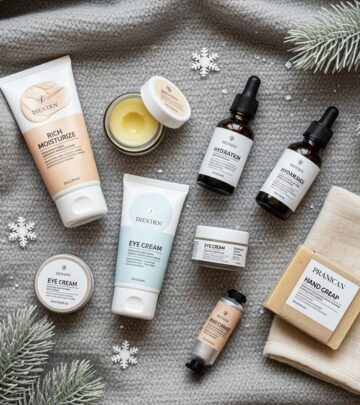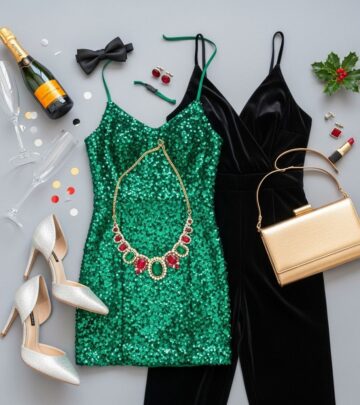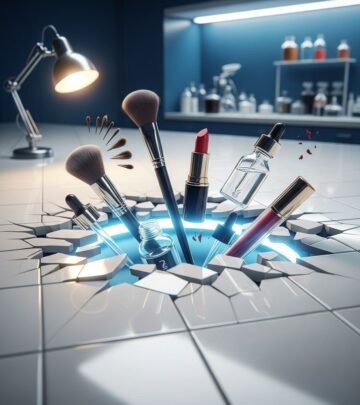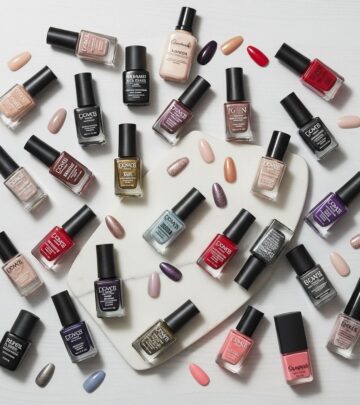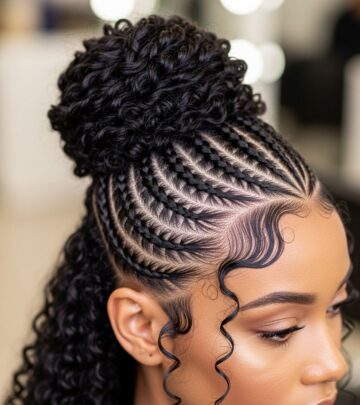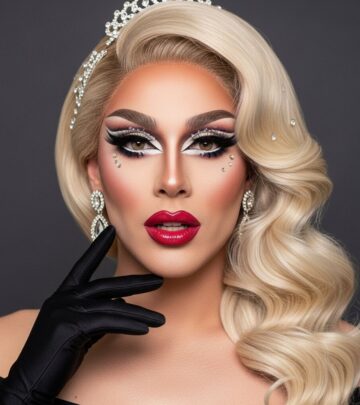The 4 Essential Digital Tools Every Modern Makeup Artist Needs
How technology has become the secret weapon for makeup artists growing their creativity, workflow, and careers.
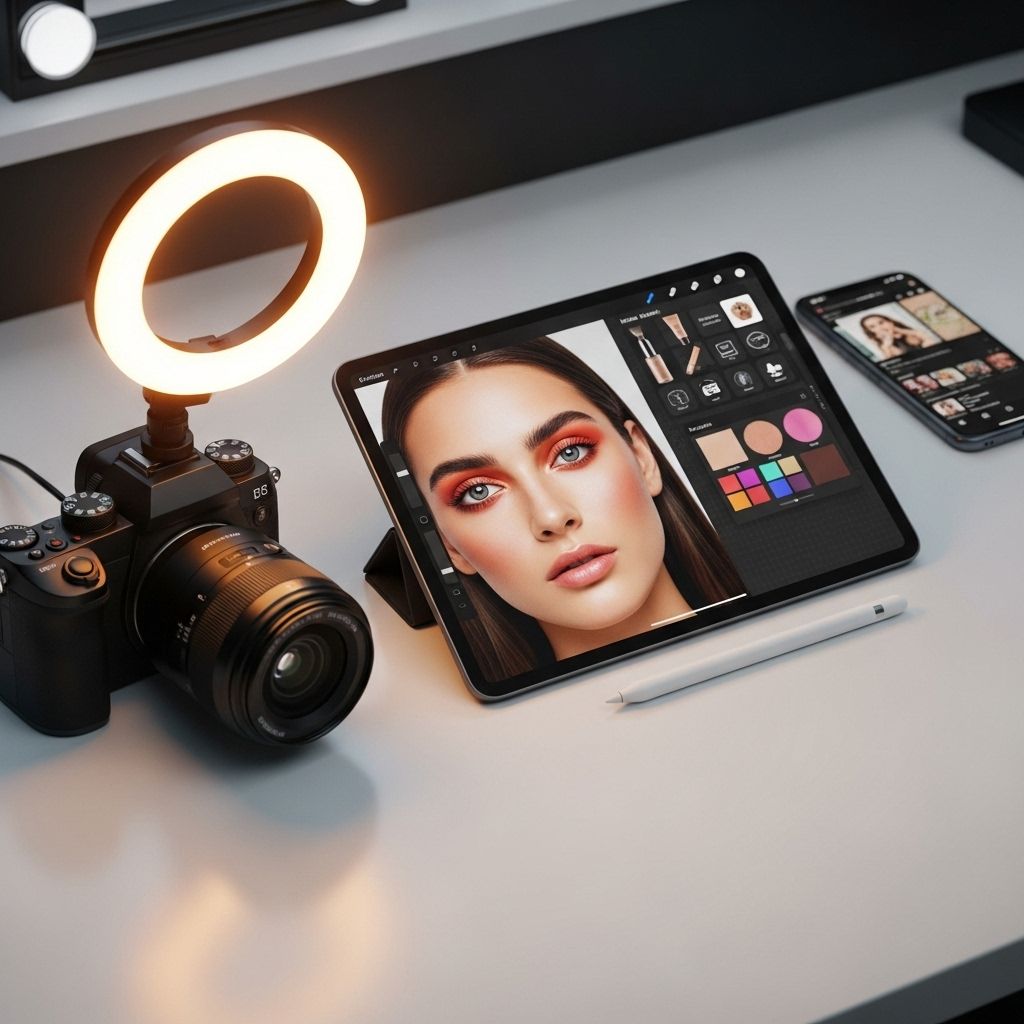
In today’s fast-paced beauty industry, technology is as essential as a makeup brush. Whether you’re just starting out or are a seasoned professional, digital savvy opens new creative doors and grows your reach. Chloe Pultar, a cutting-edge makeup artist and model, reveals how she leverages four key digital tools to elevate her artistry and build her business. Learn how mood boards, online tutorials, your smartphone camera, and virtual platforms can transform your workflow, inspire your looks, and foster productive client relationships.
Why Tech Skills Matter in Modern Makeup Artistry
Long gone are the days when makeup was confined to the physical world. The digital transformation of the beauty industry presents huge opportunities for creative expression and professional growth. For artists like Chloe Pultar, being digitally connected means:
- Access to global inspiration at the click of a button
- Remote collaboration with clients and colleagues anywhere
- Audience building on visual-first social platforms
- Streamlined feedback and revision processes
“I’m from a small town in New Jersey, and to walk out wearing all black, crazy eyeliner, and huge boots would be intimidating there, but online, creativity is encouraged,” Chloe says. The digital world normalizes experimentation and offers a platform for everyone.
1. Creating Mood Boards in Microsoft PowerPoint
Every great look starts with a vision. For Chloe, this means building intricate mood boards using Microsoft PowerPoint, a tool traditionally reserved for the office—now reimagined for the beauty studio.
Step-by-Step: Digital Mood Boarding Process
- Gathering inspiration images from the web—faces, lips, eyes, colors, and textures that match the desired aesthetic.
- Layering these visuals on a single slide to create a cohesive concept.
- Utilizing PowerPoint’s drawing tools to sketch a face chart—the classic canvas for makeup artists to plan and communicate looks.
- Superimposing cut-out images of lips or skin to visualize shade combinations and finishes.
This process creates a concise and visually compelling guide, which Chloe shares with clients for instant feedback and collaborative editing. “It’s a great way to link your visuals to your words and your overall treatment,” she notes.
- Collaborative Editing: Use PowerPoint’s real-time edits or share via email for client feedback, allowing direct commentary and rapid revision cycles.
- Efficiency: Having everything on one slide eliminates the chaos of large inspiration folders or scattered screenshots.
Why Mood Boards Matter
Mood boards are not just for pre-planning; they serve as a reference throughout the application process, ensuring creative direction remains clear and aligned. This technique is invaluable for:
- Pitching looks to commercial clients
- Developing cohesive themed shoots
- Collaborating with photographers, stylists, and models
2. Learning New Techniques with Online Videos
Continuous learning is crucial in the ever-evolving world of beauty. Chloe embraces the goldmine of inspiration offered by video streaming platforms and social networks. Tutorials, reviews, and personal vlogs act as a living classroom—and sometimes, a vital source of creative breakthroughs.
How Makeup Artists Use Video for Growth
- Staying on top of trends—from Euphoria-inspired liners to new skin-finishing hacks
- Analyzing application techniques from pros and passionate amateurs alike
- Learning about new products and tools before investing
- Participating in global conversations by watching, commenting, and collaborating
Chloe’s key advice: don’t just watch professionals. Non-artists—everyday enthusiasts with unique perspectives—can provide unexpected inspiration, whether it’s a bold eyebrow trend or an unconventional blush placement. These sources encourage experimentation and adaptation.
Video Inspiration: Not Just for Learning
Online video has fostered a culture where trial and error are embraced and shared. For working artists, posting process videos and results on platforms like TikTok and Instagram builds authenticity, grows audience engagement, and provides a portfolio of real-world work.
3. Your Smartphone’s Front-Facing Camera: An Essential Tool
Makeup artistry is ultimately a visual medium. To ensure every look translates beautifully on (and off) camera, Chloe integrates technology into her workflow by using her phone’s front-facing camera at nearly every stage.
How to Use Your Camera Like a Pro
- Documenting the application process step by step
- Testing makeup in multiple lighting conditions—indoors, outdoors, natural and artificial light
- Adjusting techniques and shades for optimal appearance on camera
- Building a relatable portfolio by posting real, unfiltered selfies
“When I have the energy, I’ll take a picture of the look on my DSLR camera, but the front-facing camera on my phone usually works, and I find it’s a little more relatable than an over-stylized shot when I post that picture onto my feed,” Chloe shares. Authenticity drives engagement—raw, real snapshots resonate strongly on social media.
| Camera Type | Advantages | Best Use |
|---|---|---|
| Front-facing phone camera | Quick, relatable, authentic; easy to use | Everyday documentation, social media posts |
| DSLR camera | High resolution, professional look | Portfolio building, print, campaigns |
Why Selfies Matter in a Makeup Career
- Showcasing work instantly and informally
- Testing color payoff and product performance in real-world scenarios
- Documenting creative evolution over time
4. Real-Time Virtual Collaboration
Technology makes remote collaboration seamless. Microsoft PowerPoint and email are core collaboration tools, but Chloe’s process can extend to video meetings, shared cloud drives, and even social DMs. These platforms break geographic boundaries, enabling feedback and shared ideation at any hour or location.
Benefits of Digital Collaboration
- Immediate feedback: Edits and thoughts are shared instantly, shaving days off project timelines.
- Clear revision history: No more lost notes—every suggestion is tracked and archived.
- Infinite possibilities: Teams can experiment freely, updating and iterating on concepts in real time.
This approach not only helps with project planning and execution, but also with relationship-building. Seamless, tech-driven communication signals professionalism and reliability to clients—a must in today’s competitive marketplace.
Level Up: Integrating More Digital Innovations
While Chloe focuses on accessible, everyday tech, the broader beauty industry is rapidly embracing advanced innovations such as AR (augmented reality) try-ons, AI-powered makeup recommendations, and virtual shopping platforms. Major brands like L’Oréal, Estée Lauder, and Charlotte Tilbury are investing heavily in these technologies to create interactive experiences for both artists and consumers.
- Brands now provide customers with virtual try-ons for makeup using smartphone cameras and AR
- AI-driven apps analyze selfies for product recommendations tailored to skin tone and style
- Virtual classrooms and live-stream tutorials for continuous learning
Looking to the Future
As the digital beauty space matures, artists who stay current with new platforms, creative software, and communication tools will have a head-start building multifaceted, adaptable careers. From experimenting with digital makeup in the metaverse to launching shoppable looks directly through social feeds, the future belongs to creatives who can blend artistry and technology.
Frequently Asked Questions (FAQs)
Q: What is a digital mood board, and how does it help makeup artists?
A: A digital mood board is a curated collection of images, sketches, and notes arranged on a single digital platform, like Microsoft PowerPoint. For makeup artists, it visually communicates the inspiration, color palette, and key vibes for a look, and helps with client approval and feedback.
Q: How can online videos benefit experienced makeup artists, not just beginners?
A: Online videos allow artists to stay up-to-date with global trends, discover new techniques, and find inspiration not only from pros but from creative amateurs as well. They’re also a tool for self-promotion and community building.
Q: Why favor phone selfies over professional photography in a makeup portfolio?
A: Phone selfies provide quick, authentic documentation and help artists assess and showcase their real-life work. They are relatable to social media audiences and reflect how makeup will actually appear in daily settings, not just under studio lights.
Q: What’s the biggest advantage of using digital collaboration tools for beauty projects?
A: They allow instant sharing, feedback, and co-creation from anywhere, making planning more efficient and fostering better communication with clients and teams.
Q: Which other digital skills should makeup artists learn for future success?
A: Skills like basic photo editing, understanding AR makeup tools, cloud-based portfolio curation, and digital marketing are increasingly valuable. Staying curious about tech helps artists stand out and connect with modern clients.
Pro Tips: Building Your Own Digital Workflow
- Start simple: Use accessible, familiar software before investing in advanced design tools.
- Document everything: Snap photos of works in progress, not just final looks.
- Engage online: Share your journey, not just your results, to build a real audience.
- Seek feedback: Ask for input using collaboration platforms to refine your style and process.
- Embrace innovation: Try new apps or digital features—you never know what will inspire your next big look.
By integrating these tech tools into your daily routine, you’re not just keeping up—you’re setting the pace in the dynamic, digital-first world of professional makeup artistry.
References
- https://www.cosmopolitan.com/style-beauty/a34742171/the-4-essential-digital-tools-that-keep-this-makeup-artist-in-business/
- https://www.retailtouchpoints.com/topics/customer-experience/macy-s-cosmopolitan-bring-makeup-try-on-experience-from-print-to-digital
- https://www.cosmopolitan.com/uk/beauty-hair/a41764985/beauty-technology-metaverse-artificial-intelligence-nfts/
- https://oasis.library.unlv.edu/cgi/viewcontent.cgi?article=3382&context=thesesdissertations
- https://www.jstor.org/stable/pdf/42004852.pdf
- https://marketingreport.one/creation/cosmopolitan-unveils-ooh-campaign-to-amplify-black-beauty-hub-for-young-women.html
Read full bio of Sneha Tete

